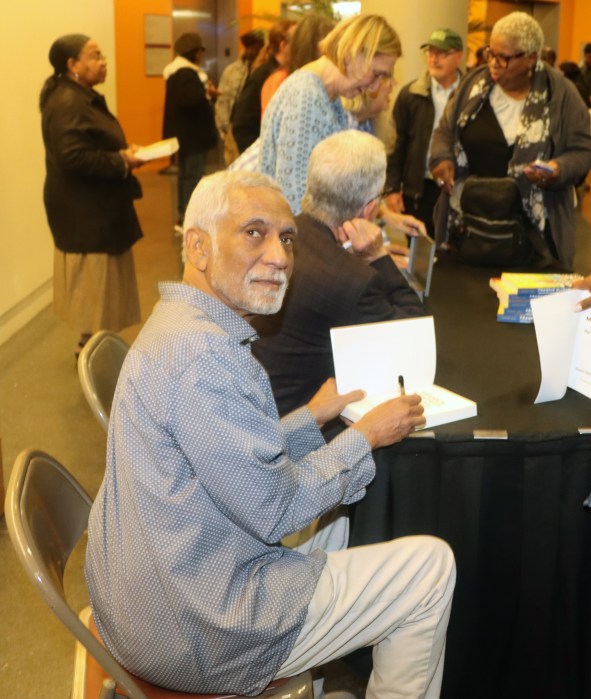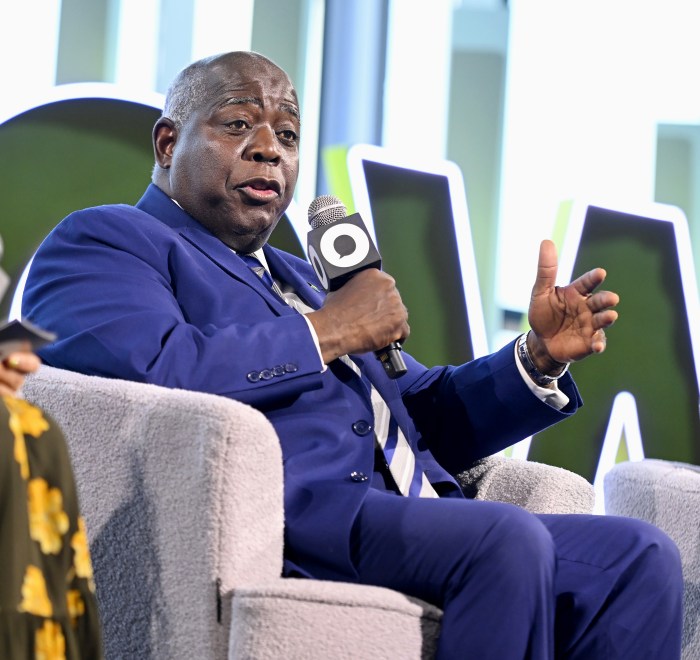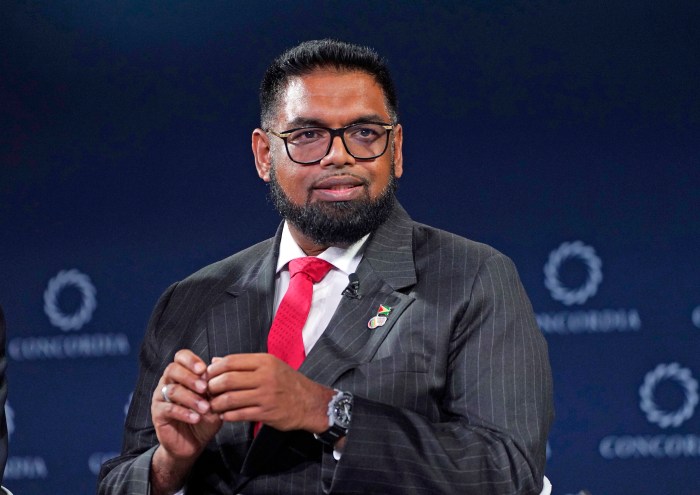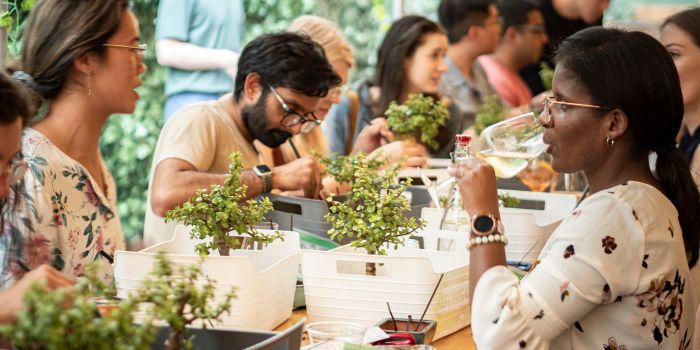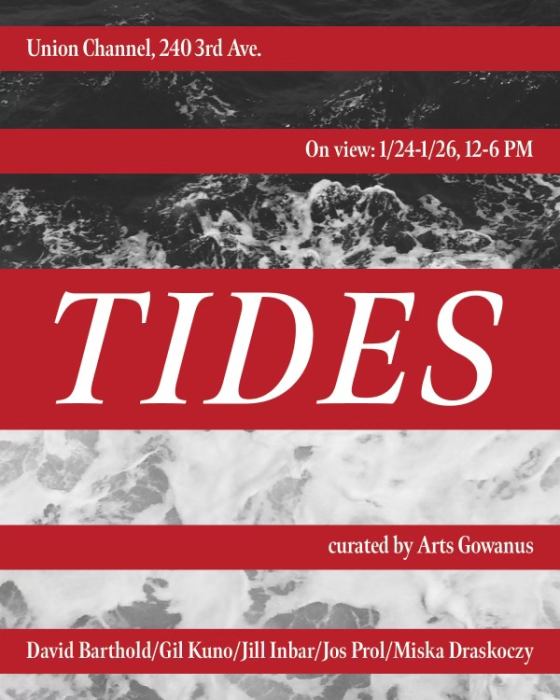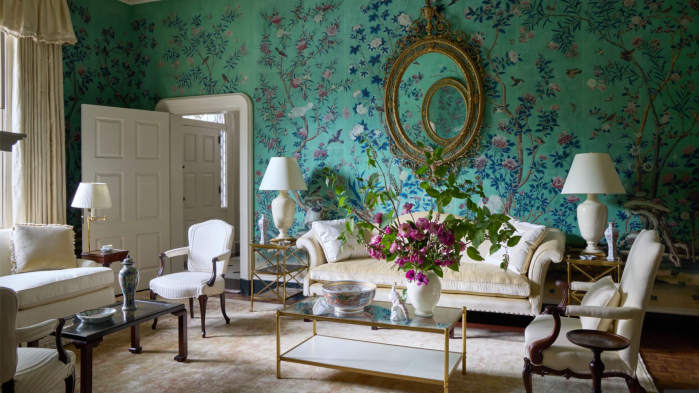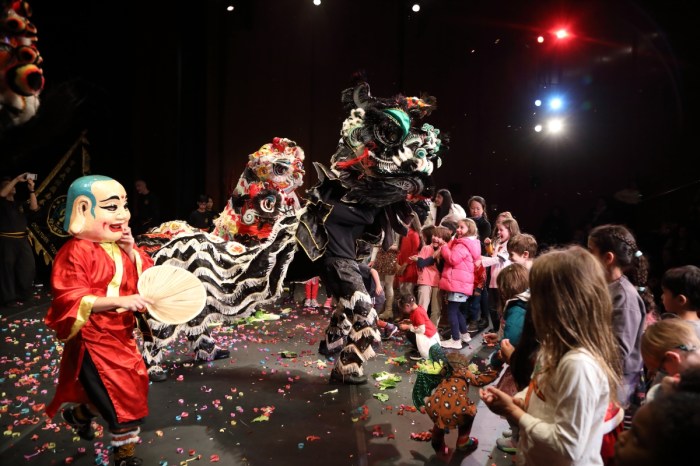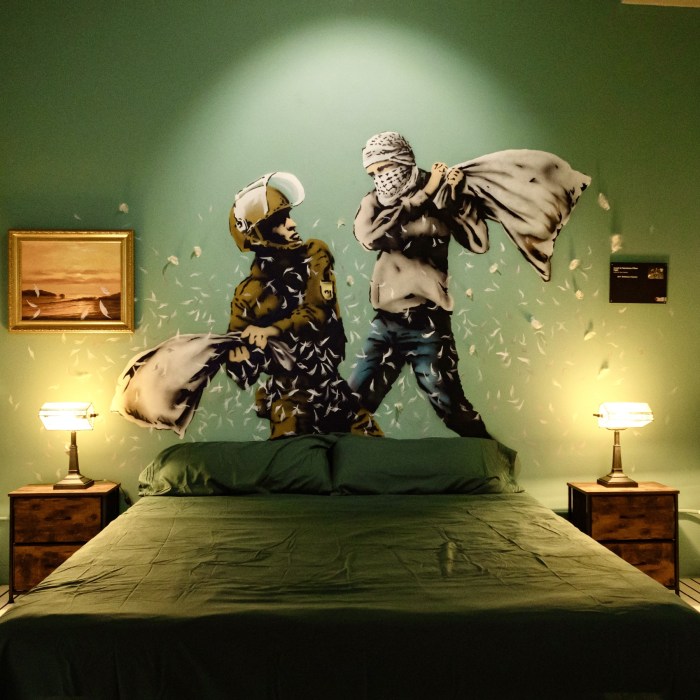While dedicating its recent 37th anniversary gala luncheon at Grand Prospect Hall in Brooklyn to the late Vernalyn Blencowe, a staunch executive member, community stalwart and cultural icon, the Brooklyn-based St. Vincent and the Grenadines Ex-Teachers Association of New York, Inc. underscored Blencowe’s role in reviving the Big Drum in her native Union Island in the southern St. Vincent Grenadines.
Blencowe – whose professional career spanned over 50 years of teaching both in St. Vincent and the Grenadines and Brooklyn – died
on July 20 and interred on Aug. 3 in Union Island. She was 79.
She was also a Licensed Practical Nurse in New York, community activist and poet, among other things.
In its souvenir journal for the annual celebration, which also commemorated the birthday of slain US civil rights leader, the Rev. Dr. Martin Luther King, Jr., the St. Vincent and the Grenadines Ex-Teachers Association of New York, Inc. said that Blencowe believed that “traditions and culture of every nation should be cherished and preserved.
“If the young cannot read about their heritage, their self-worth diminishes, and they come to believe that the inhabitants of another country are better than they are,” the group said.
As early as 1965, the group said Blencowe began writing about the Union Island traditions, which was “dear to her heart.
“She went home to Union Island and brought the Big Drum alive,” said the ex-teachers, featuring a sample of Blencowe’s writing in the journal.
“In many of the West Indian islands, there is a certain kind of hand-down culture, either from ancestral past or from Negro slavery,” Blencowe wrote. “In Trinidad and Tobago [it] is the shango and calypso; in Haiti one would find voodooism. Here, in Union Island, the Big Drum Dance custom is hand-down from our African ancestors.”
Blencowe said North Americans and Europeans who visited Union Island always looked forward to seeing this dance.
They also sought to learn something about the strangely-worded songs, which characterized the Big Drum Dance, she said.
As the name implies, Blencowe said the musical instruments, which supply the music for the dance, are drums, “with small clean dried goat skins drawn tightly at one of the open ends, a pair of ‘shac-shac’ (a small calabash containing pebbles or seeds with a stick on one end).
“Each drum is tuned to sound a little different, and those who make them are considered experts in the art,” she said, adding that a second “calendar tune” is beaten for the towel dance.
“Two towels spread in the form of a cross are placed in front of the drummers, led by the lead dancer,” Blencowe wrote. “They take turns in dancing the towels. After this, the ring is opened to Big Drum dancers, who wish to participate.”
“Healing a sick person sometimes call for a Big Drum,” she continued. “Casting away evil spirits call for the Big Drum, the Orradah, and the Charnbah Dance is done. The chant is doleful, and the drumbeat seems to entreat some mysterious deity to come to their rescue. It is a belief and, sometimes, success comes.”
Blencowe said the use of the drum is “the African way of living, and is highlighted.
“In Union Island, it is practiced,” she said. “We dance Calendar or Nation, Bongay or Cheer-up.”
Blencowe said a few of the dozens of songs used at one Big Drum meet are “Tu lai, tu lai lai”; “Aye ah yae, Aye Sari Ba ma”; and “Compay Walley.”
She said most Big Drum dance continues until midnight, stating that “the better the singing, the better the drum rhythm.
“Sometimes, you see a person standing quietly, then suddenly, as if propelled, jumps into the ring, wheels the dancer out and begin to dance,” she wrote. “This action enlivens the crowd. The drummers are stopped by the dancer, who goes forward and touches the drum.”
Blencowe said the Big Drum Dance is executed for many of reasons.
She said the most common is “when a spirit appears in a drum and asks for food.”
Other reasons she said include a festive occasion, such as the night before a wedding, a “Praise”, vessel launching, the end of a successful harvest and at the Maroon or Rain Dance festival.
“Whatever the occasion on Union Island, the dance is performed in a number of tribal fashions or steps – each separate and distinct, related to the African tribal origins and the purpose of the dance,” Blencowe said.
For example, she said the Calendar or Nation dance, “most solemn, opens the dance session.”
“A certain rhythm is played on the drums, and the sponsors of the occasion, followed by the lead dancers, parade around the ring, throwing rum, water and rice or corn grains,” Blencowe wrote. “This is known as the ‘wetting of the ring.’ The first dance is in honor of the ancestors.”
Judge Emille Cox — a fellow Unionite, who shared the co-Master of Ceremonies, along with veteran Vincentian broadcaster Don Bobb, at the anniversary celebration – said “everyone, by now, is aware of Vern’s (Vernalyn Blencowe) advocacy on behalf of the traditional Big Drum Dance and Maroon Festival, iconic Union Island events.”
“Although she lived and worked in the US for many years, she never lost the yearning for her Union Island traditions,” wrote Judge Cox in the souvenir journal. “She even mandated that they be an integral part of her memorial. Indeed, she was a true ambassador.”


